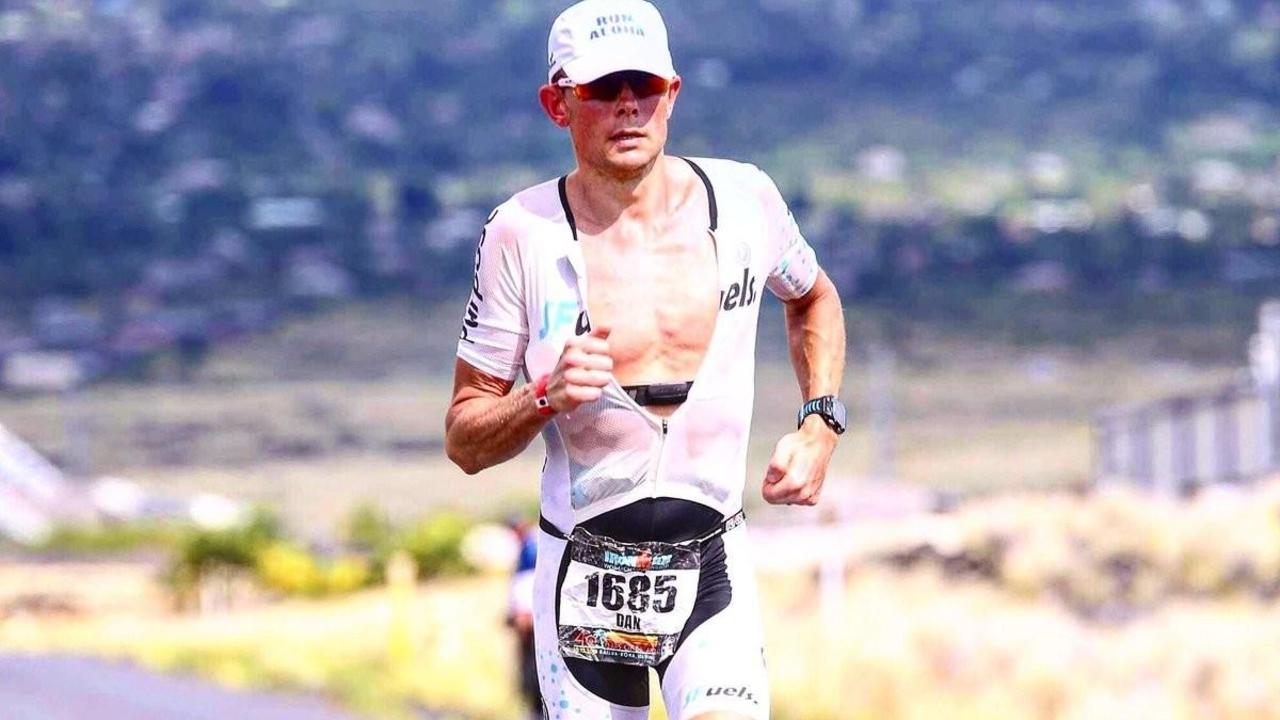Will my Carbohydrate Usage Change in Kona? How Heat Impacts Substrate Metabolism - Part 2

As we discussed in part one of this blog, our recently published study led by my PhD student Ed Maunder (5) identified that moderate environmental heat stress of 35°C and 60 % relative humidity stimulates our carbohydrate use during cycling, but probably only at high intensities rather than the more moderate Wattages we cycle at most of the time during an Ironman triathlon. Practically, this might mean that we are cautious to limit high intensity spikes during the World Championships in Kona where we face the dual threats of bonking, and high heat, given that this could theoretically spin our carbohydrate use to a much greater extent than at an Ironman taking place at a lower temperature.
The second part of that same study sought to examine these effects under both more extreme, and less extreme environmental heat stress, given the wide-ranging conditions we encounter on the Ironman circuit, at different events and also within the same event. For example, it’s well known that the temp...
Substrate Implications and Usage When Racing in the Heat - Heat Spins Glycogen - Part 1

As all long-distance triathletes will know, a hot topic and key consideration when fine-tuning your preparation for the Ironman World Championships in Kona is heat. The effect of the high environmental temperatures encountered at The Big Dance on our physiology, psychology, and performance is so pronounced that we are actually putting together an entire course dedicated to it – LDT103, for which enrolments will open in May 2020.
This blog will summarize a recently published study conducted at AUT by my PhD student Ed Maunder (5), which focused on how acute heat stress impacts substrate metabolism during endurance exercise (i.e. fat vs carbohydrate use). We like to talk about this topic a lot and the implications of this study nicely link back to the important principles we outlined in our online course Endure IQ LDT101: The Practical Application of Low Carbohydrate Performance for Long Distance Triathlon. It’s undeniable that, reserving our limited carbohydrate energy stores during a ...
